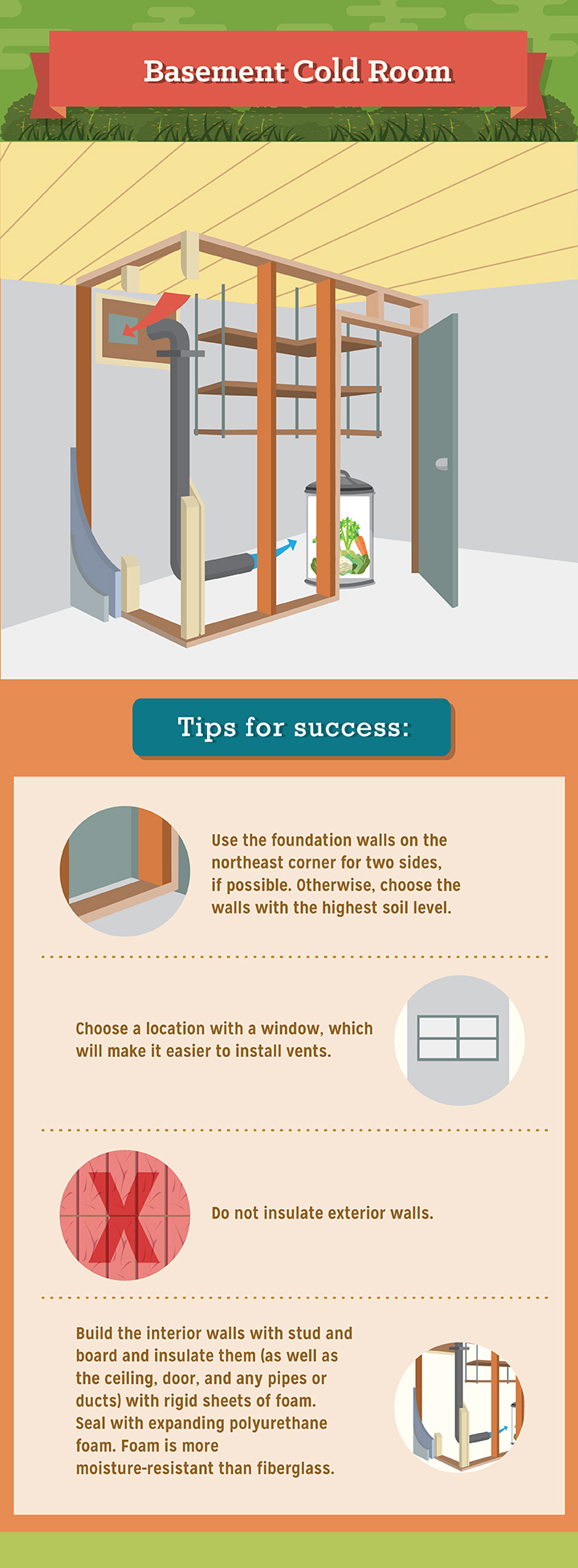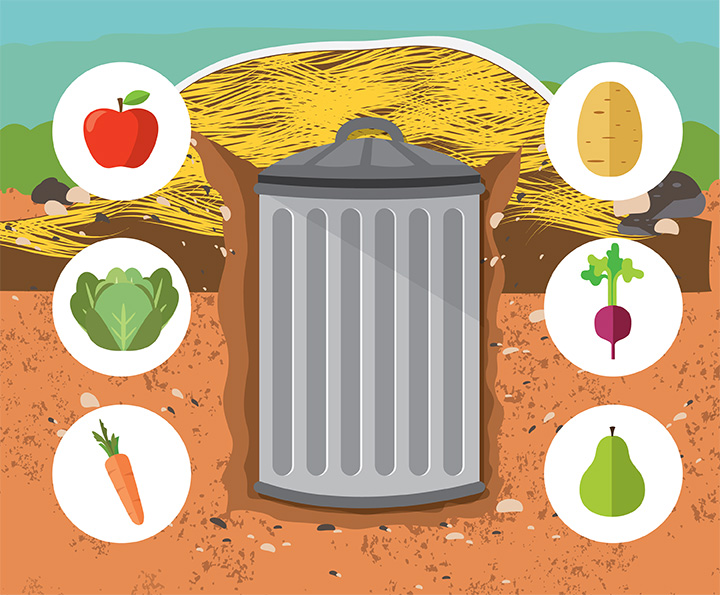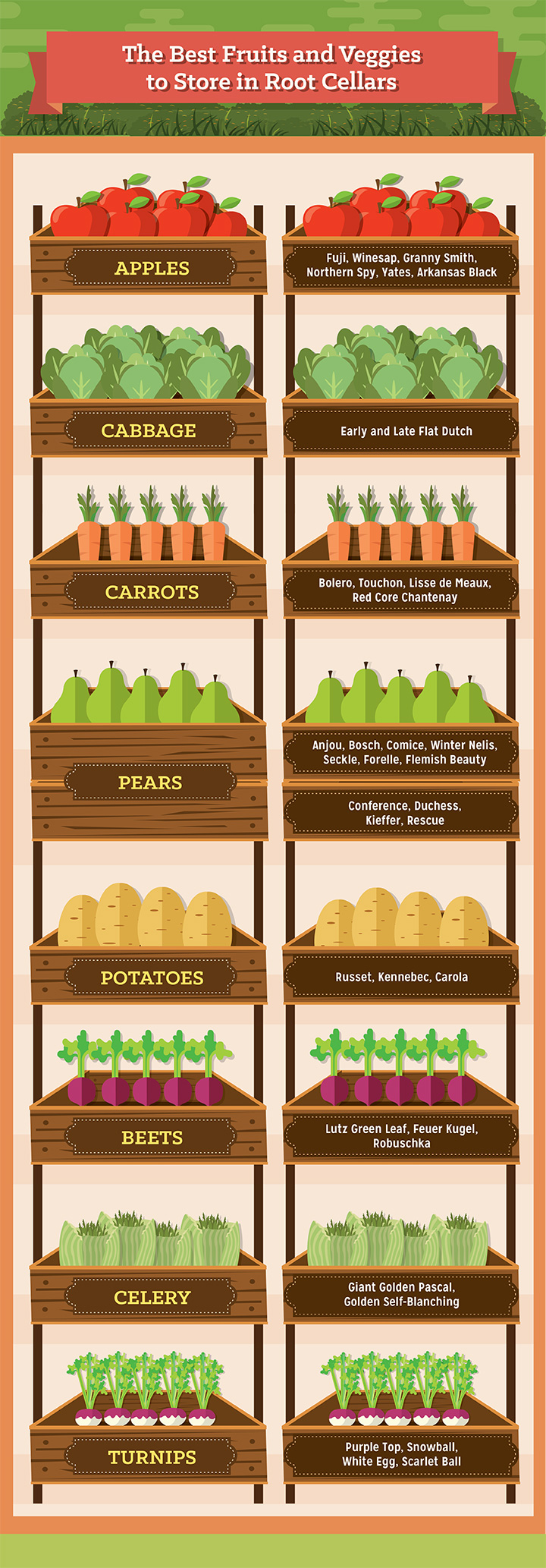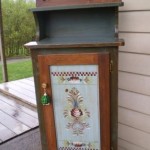Preserve the Harvest in a Root Cellar
Imagine eating homegrown cabbage, beets, potatoes, onions, carrots, apples, and other produce on a winter evening, without the use of canning or refrigeration. Before home refrigerators, this scenario was commonplace thanks to the low-tech root cellar.
A root cellar is any food storage area that uses the earth to cool, humidify, insulate, and preserve produce through the winter months. Root cellaring has a long history in America. Crumbling root cellars built of stone, earth, timber, brick, and concrete dot the hillsides of New England’s old farmsteads. Today most people depend on supermarkets to provide year-round produce that’s shipped from all over the world, but there are ample reasons to heed the wisdom of our ancestors and build a root cellar.
Root cellars benefit our health and finances. They make it possible to save garden surplus and load up on local produce at farmers’ markets when it’s cheap and plentiful. A number of studies suggest long-term storage of local food would be more sustainable for our society than our current agricultural system. An estimated two thirds of America’s winter vegetables are grown in California’s drought-stricken Imperial Valley then shipped around the country. In fact, our produce travels an average of 1,494 miles before we eat it. By going local, we could reduce the environmental impact of food transport. According to a Canadian study, replacing imported food with locally grown food in just the Waterloo, Ontario region would reduce transport-related emissions equivalent to taking 16,191 cars off the road.
Root cellars work better in some climates than others. They preserve food best where the winters are cold and relatively dry, as is the case in the Midwest, Interior West, and Northeast. They are not as advisable where water tables are high, like in the Pacific Northwest west of the Cascades, and in parts of the Southeast. In both places, winter gardening and alternative storage facilities may be better options for year-round produce.
Constructing a root cellar may sound complicated, but it can be as easy as burying a garbage can in the back yard. Considering saving your harvest all year round? Read on for our root cellar tips for success.
Buried, Basement, and Detached: Three Types of Root Cellars
Buried Container
Burying a trash can or similar container is the simplest way to construct a root cellar. This method works on almost any property.
Basement Cold Room
With some work, you can wall off a corner of a basement for an easily-accessible root cellar.

Detached Root Cellar
The most complex cellar is a detached underground room. Constructing one requires careful planning and may require a building permit, depending on the location.
Ingredients for Successful Root Cellaring
No matter which type of root cellar you choose, four fundamental conditions are necessary for long-term food preservation.
1. Ventilation
Vents are necessary to keep air circulating through the root cellar, which prevents mold growth and dissipates ethylene gas, which hastens ripening. For proper ventilation:
- Design basement cold rooms and detached root cellars with a low air-intake tube and a high air-outlet tube.
- Keep storage crates off the floor and away from the walls. They should be placed on shelves built away from the wall.
- Use ventilated boxes or crates to store produce.
2. Temperature
Root cellars need to stay above freezing (ideally between 32 and 40 degrees) to slow the release of ethylene gas and halt the decomposition process. To ensure the proper temperature:
- Build the cellar 10 feet underground.
- Open a vent to allow cold night air in when outdoor temperatures are above freezing.
- Build shelves out of wood or another material that doesn’t conduct heat or cold.
- Monitor temperature daily and keep several thermometers in different places to properly match different vegetables to their ideal conditions. The highest shelves will be warmest, and thus better for foods that require slightly warmer temperatures, such as potatoes.
- If the cellar dips below 32 degrees, warm the space by closing the intake vent, hanging a 100-watt lightbulb near the floor, or bringing in hot coals or hot tubs of water.
3. Humidity
The humidity in a root cellar should stay between 90 and 95 percent to keep foods from shriveling. Acquire an inexpensive tool called a hygrometer to measure humidity. To encourage high enough humidity:
- Build the cellar with an earthen floor and wet it when humidity dips. A layer of gravel can be added to keep feet dry. With a concrete basement floor, one of the below measures will be needed to keep humidity high.
- Place pans of water on the floor.
- Pack cabbage and root vegetables in a bucket of damp sand, moss, or sawdust with a lid.
- Hang damp blankets, sheets, or burlap sacks from the ceiling or drape them over produce.
4. Darkness
Many vitamins degrade rapidly with exposure to light, including Vitamins A, D, K, and Riboflavin, so darkness is important for long-term preservation.
To ensure proper darkness:
- Use opaque doors, or outfit windowed doors with blinds or shades that can be opened when working in the cellar and closed at all other times.
- Cover any windows with plywood.
Once a root cellar is constructed, most of the hard work is done. But it’s also important to grow, buy, handle, and store produce in ways that optimize preservation.
Food Preservation 101
- Buy or grow produce varieties that are good keepers and that mature late in the season. Leave them in the garden as long as possible.
- Only store produce in excellent condition.
- Do not wash produce before storing.
- Many vegetables need to be cured prior to storage, which entails leaving the vegetables in a warm area, sometimes with high humidity, for a length of time to harden the skin.
- Some fruits and vegetables release ethylene gas, which hastens the ripening of other produce. They should be kept as far as possible from other vegetables in storage, preferably near an outtake vent.
- Monitor stored produce weekly and remove any that shrivels, rots, or sprouts.
Join the Revival
Not surprisingly, root cellars are making a comeback. It’s not just individual families who are interested in relearning the art and science of energy-free food preservation. Universities are erecting community root cellars and farmers increasingly rely on them to supply local produce to customers through the winter months. Maybe one day new houses will be built with insulated cold rooms. Until then, it may be time to section off a corner of the basement or start digging in the backyard.
If this article has you interested in food storage, take a look at these custom wine cellars.— http://www.custommade.com/gallery/custom-wine-rooms/










